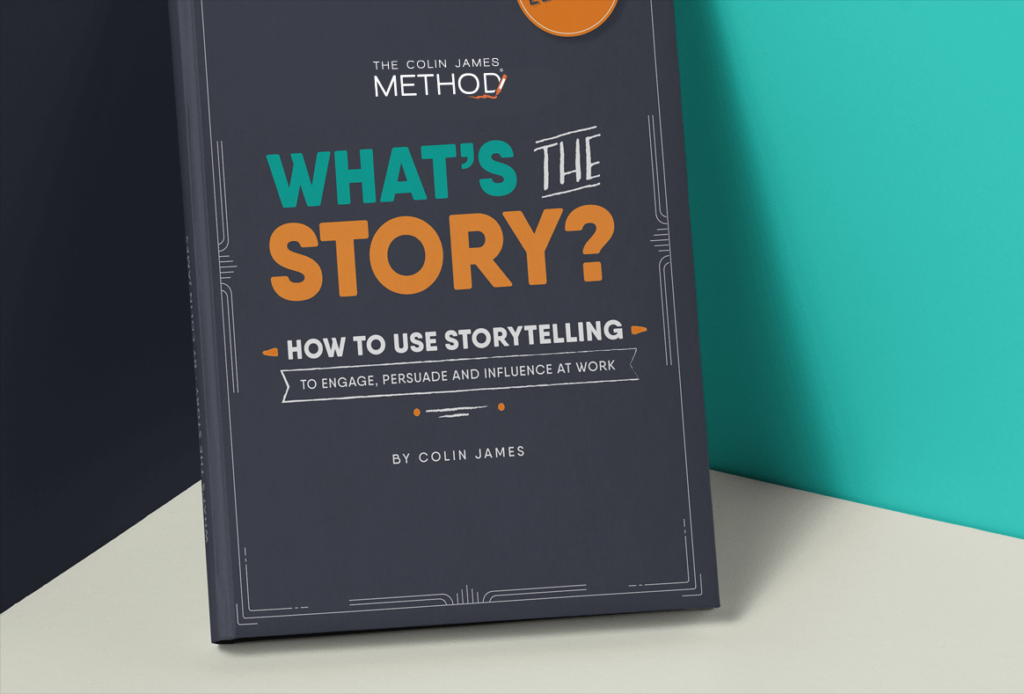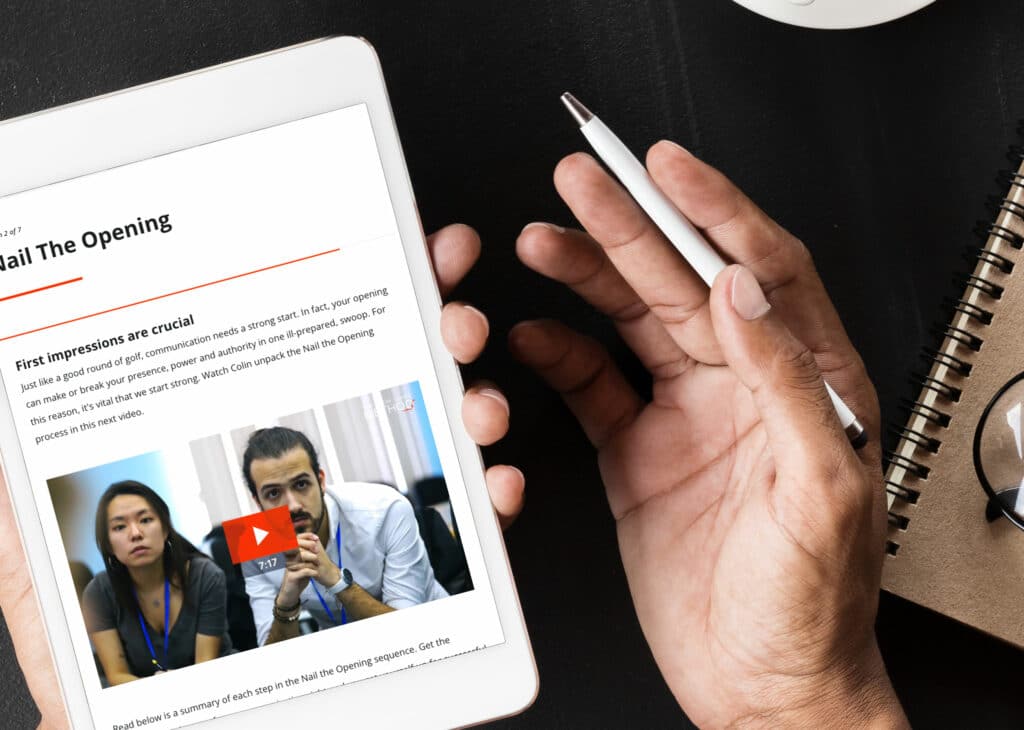The workforce is moving hard and fast. Standing out and engaging people with your message isn’t easy, people are pressed for time and energy in our busy and competitive world. Numbers certainly rule the roost when it comes to the big business decisions – in fact, data has become one of the most valuable commodities in our economy. Whether you’re presenting the projections for a new company strategy, providing evidence of your achievements in a job interview or discussing consumer behaviour with the team, there are a million and one stories to be told from the hard numbers.
But with so much on our plates, is a relay of the calculations really enough to motivate your audience? Maybe it will just put them to sleep…
Emerging leaders, who stand out and drive progress, are able to distill complex ideas/figures/facts and communicate them in an engaging way. Delivering a powerful presentation of data that captivates people, helps them understand and compels them to take action – a critical skill for professionals who want to make an impact.
But how can you do it?
The artful use of storytelling with data is how. Let’s explore how you can incorporate this skill into your world now.
Why is storytelling with data important?
The key to engaging people with our message is standing out. Rocking the boat, causing a shift in the day-to-day equilibrium that gets people to sit up and pay attention.
Nothing stands out quite as well as an attention grabbing story. While we do advise investing in business storytelling training to master the craft, there are also simple tips you can learn and apply immediately that can cause a shift.
Our minds are actually naturally wired to be drawn into narrative far more easily than when we hear the bare facts – making storytelling a simple yet awfully mighty communication skill to weave into any communication scenarios.
Using storytelling with data paints a picture people can relate and connect to fast. This data visualisation is what makes the data matter and connect to your audience in a more personal way. Essentially, you need to make the numbers more interesting.
Storytelling with data example…
I’m sure you’re asking yourself right now “how on earth can I make numbers interesting?” and it does involve some creativity. But getting your data to be memorable truly is worth the effort.
Over a virtual coffee (and cheeky donut) date just a few months ago a friend of mine was telling me about her niece who had just interviewed for a sales job at a major telco company.
Having already been through quite a few application processes unsuccessfully, she needed to change something to stand out from her peers in the interview. She wanted to relay her past career achievements with more impact to really sell herself to this potential employer.
So, when she was asked about her past achievements, she didn’t just say she increased sales by 20% in her last position. She shared a story of how a single phone call with a new customer changed the way she approached her role. Instead of suggesting what she wanted to sell to the woman, she lingered and decided to try and get to know her better. To know her circumstances and what challenges was she facing. This led to a better informed suggestion of services and a long-term customer relationship. By building trust and putting the customers’ needs first she ultimately developed a stronger, more consultative sales technique that increased sales by 20% during her time there.
She got the job.
It’s about creating an image in people’s minds they can anchor the numbers to. Storytelling is a powerful method for data visualisation – the best way to make numbers digestible and impactful!
How to create data visualisation for your audience with stories
Storytelling follows a simple structure and it can take away the heavy lifting for your audience when it comes to complex topics. It’s about sharing the journey of the numbers and how they inform the big picture. You can frame it for your audience by following these 4 steps:
- Introduction
- Set some context, what data are you looking at and why?
- Identify the key issue and why the audience should care about this.
Example: Last year we noticed a lull in employee engagement. Morale was low, absenteeism was rising and NPS scores had dropped by nearly 20% compared the previous years. This has a major impact on the quality of work our teams are doing and their motivation to strive for more. Put simply, if our teams aren’t happy, we cannot move forward as an organisation.
- Rising action
- What key actions were taken to understand this?
- What evidence did you find that explained the data?
(Don’t reveal too much here! Save the impact for the climax)
Example: By looking back at the slope in engagement figures, we could pinpoint when it started and what was going on during this time that was different. Interestingly, it brought us to June, when the new internal systems were rolled out. We also dug into the numbers of employee time sheets and noticed another trend – an increase in overtime and overall desk hours.
- Climax
- Time to reveal the ‘a-ha’ moment. The main reason/cause for the trend or numbers you are sharing
- This needs to put all the pieces of the puzzle together so your audience understands the journey clearly
Example: Through this analysis we can see there is a skill gap across the board. Managing the new internal systems is not only causing employee frustration, but also forcing them to work longer hours to get what they need finished each day. The system is rather different from what we were using before and the initial training on using it hasn’t provided enough support for our teams to feel confident using it.
- Solution/conclusion – Lessons learned/next steps
-
- Summarise your thoughts
- Define the next steps/recommendations for the future
-
Example: Our suggestion would be to both inquire with teams what the key issues they are facing with the internal system and design a deeper training plan to bridge this gap and support them to migrate more easily.
By representing your data through something more human, you will stand apart. People remember personal stories. In fact, that’s why storytelling has long been a staple of effective advertising. Stories sell!
If you want to sell your ideas, message or data, personal, human storytelling like this will melt the cold barriers that numbers put between you and your audience.
Standing out and presenting data of any kind in a way that is memorable and compelling takes skill. Aspiring professionals who want to turn heads, influence and reach their goals should master the craft of storytelling to support their communication.
Planning your next career move and want to learn how to be the STAR candidate when applying for the role you want? Our BRAND NEW online job interview training course will ensure you have the skills and tools to highlight your achievements, stand out from your peers and land the job you want. Join here now.
The Colin James Method® Facilitators train corporate executives to improve their professional communication skills with a proven methodology. Our highly trained Facilitators and Coaches are recognised for their experience in their fields and have worked with many individuals and organisations around the world to master the art of communication.
















